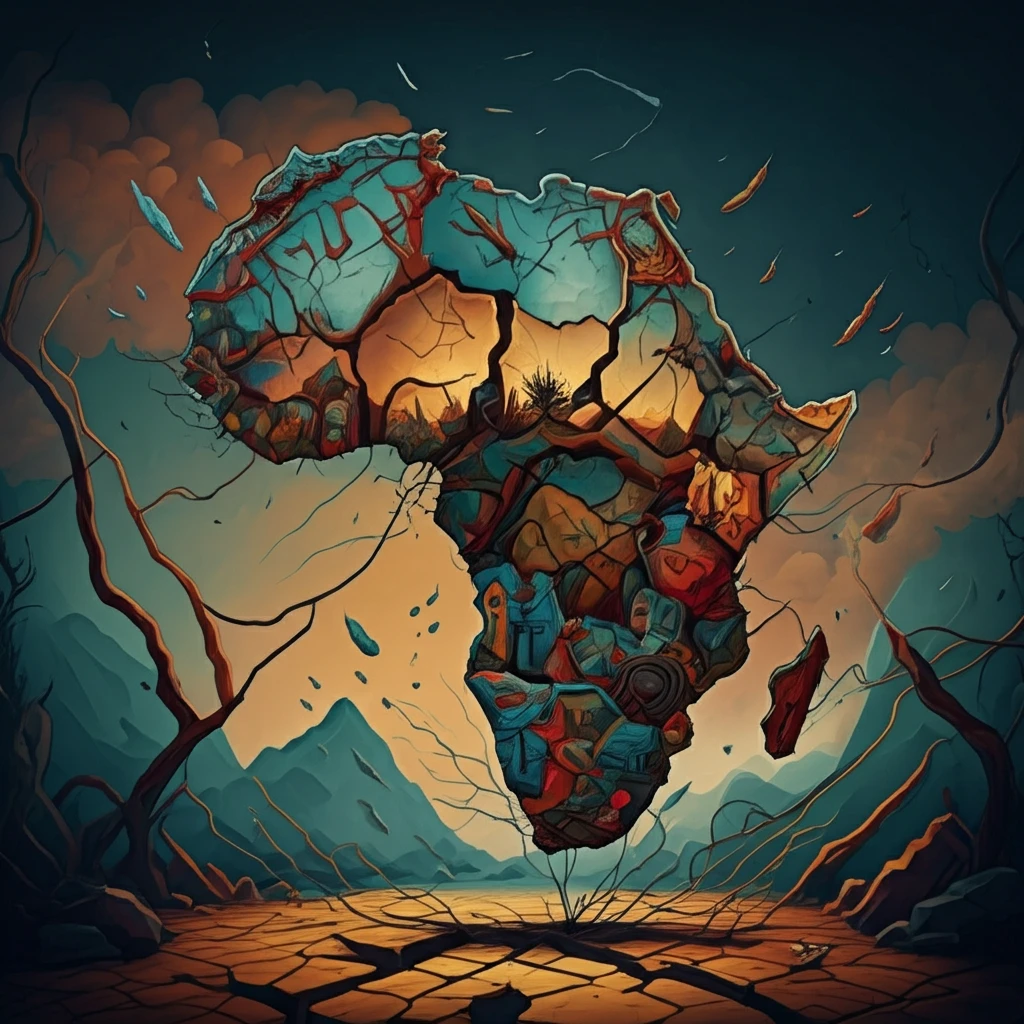
Unrest in Africa: Understanding the Escalating Conflicts and Political Instability
"A Deep Dive into the Factors Fueling Violence and Displacement Across the Continent."
Africa is currently grappling with a surge in conflicts and political instability, impacting numerous countries and communities. The period of October 2018 alone saw a complex web of events, ranging from escalating violence perpetrated by both state and non-state actors to critical political transitions and humanitarian crises. Understanding these dynamics is crucial for anyone seeking to grasp the current state of affairs on the continent.
Multiple factors contribute to this instability, including ethnic tensions, struggles for resources, weak governance, and the proliferation of armed groups. These issues are further compounded by external influences, such as international interventions and economic pressures, making the situation exceptionally challenging to resolve.
This article will delve into specific instances of unrest documented during October 2018, examining their root causes and potential consequences. We will also explore the broader implications for regional security, human rights, and the overall development of the affected areas. It is crucial to foster a global understanding of the escalating complexities of Africa to galvanize support for sustainable peace and stability.
Conflict Hotspots and Escalating Violence

Several regions in Africa experienced heightened conflict during October 2018, each with its unique set of dynamics and challenges. In the Democratic Republic of Congo (DRC), the Allied Democratic Forces (ADF) continued to perpetrate violence in the eastern part of the country. The attacks have resulted in alarming casualties and displacement of civilians. The situation is further complicated by the presence of numerous armed groups vying for control of resources and territory.
- ADF violence caused hundreds of casualties.
- Armed attacks in Masisi Territory resulted in numerous deaths and injuries.
- Militia groups extorted money from civilians and fought over resources.
Towards Sustainable Peace and Stability
Addressing the root causes of conflict and instability in Africa requires a multifaceted approach that tackles governance issues, promotes inclusive development, and strengthens regional security mechanisms. International support, while necessary, must be carefully calibrated to avoid exacerbating existing tensions and undermining local ownership of peace processes. By prioritizing inclusive dialogue, promoting economic opportunity, and strengthening governance structures, it is possible to pave the way for a more peaceful and stable future for the continent.
